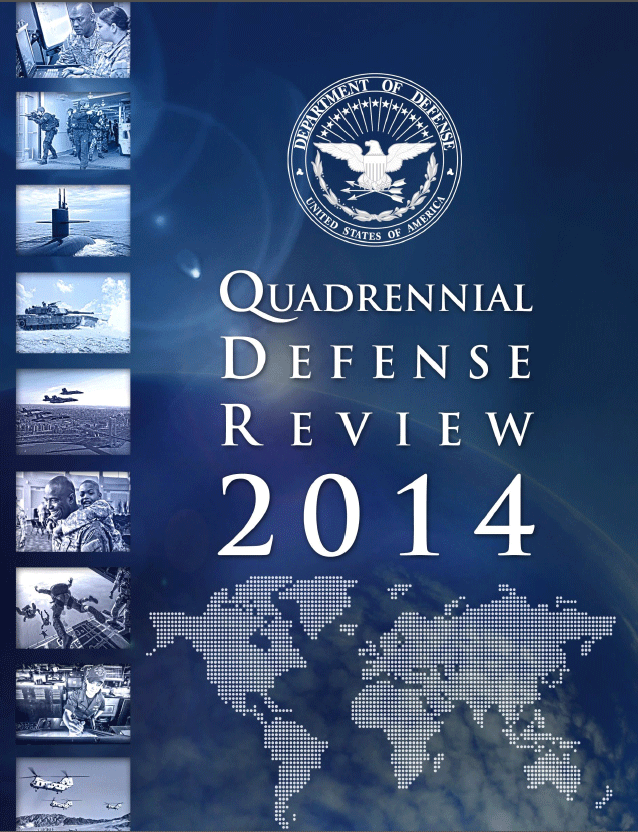After getting wrapped around the axle yesterday on the tried and true budget method of “Salami Slicing” I never got around to opining on risk, so here goes! During much of my early career, risk didn’t enter into my decision making process, at least not consciously. Of course, flying from aircraft carriers is all about risk and how to manage it, but risk management is already baked in. The “powers that be” know that if you have a certain number of practice landings, maintain technical currency in your aircraft and fly regularly, the risk of an accident is minimized. Over the years I’ve seen the Navy’s thinking about risk mature. The time was, when one went on deployment, you could expect to lose a couple of airplanes and several aviators in a typical 6-7 month cruise. Because of a focus on managing risk, the loss of a single aircraft or crew member is a rarity. (keep that thought in mind). On a personal level, as one moves up the leadership ladder, the onus for managing risk shifts from the institution to the individual leader. My opinion is that one of the reasons people become effective leaders is that they concentrate on minimizing risk to the people and equipment under their command, not on minimizing personal risk to their themselves (careers). Of course, there’s always a healthy tension between accomplishing the mission and minimizing the risks associated with it. Safety is paramount!!! But if safety were really paramount, we would never fly, because it’s a dangerous business! That’s where leaders earn their pay—making the trade off between risk and reward. In the Navy, it’s interesting to see how the various warfare communities manage risks. In the Surface Navy, the decisions on risk rest principally with the Commanding Officer. The CO does this by being intimately involved in planning and executing the training, day-to-day operations and mission execution of the ship. The CO has the Officer of the Deck and his Tactical Action Officer to do the minute-by-minute execution, but the CO is always available for problems as they arrive. An aviation CO has to worry about many of the same things at the surface CO, but must depend on his crews to exercise judgment when hundreds of miles away for the ship. Hopefully the aviation CO has instilled a good sense of risk management in the aircrews when they have to make risk decisions without his/her advice.
The point of my little blurb is to highlight that operationally, commanders do a great job of managing mission accomplishment and risk so that mission is maximized and risk is mitigated, minimized or eliminated. Fast forward to the Pentagon. Now those commanders who were so good at minimizing operational risk must deal with a new risk, budget execution risk, or said another way, “What are the chances that this program will be successful, given the level of funding?” I was one of those commanders. As an operational commander, I insisted on making sure all risks associated with a mission had been considered and mitigated…….no less than about 98% chance of safe success was tolerated. But when it came to taking risks associated with the Navy budget, I was far more tolerant. For instance, “What’s the chance that an LCS will only cost $220 Million?”, I would ask the Program Manager. When the answer came back,”About 20%”, I would say, “OK. Guess we will have to go with that.” Why was my risk tolerance so much greater as a budgeteer? Most likely it was because most of the decisions affected events far in the future and I would not be around when programs matured. That attitude was reinforced by the excessive optimism that always goes with budget building. This notion of budgetary risk is not new nor mine.
Former CNO Vern Clark once asked me as the N81 (Navy’s Ops Research group) if we could characterize the risk built into the budget and it was a very hard thing to do. I don’t remember all the details but as I recall we came up with several categories of risk:
- Institutional Risk. The degree of support by leadership of a particular program.
- Execution Risk. The degree to which a program was underfunded
- Political Risk. The degree to which this program was supported by the Administration or Congress
- Financial Risk. The degree to which the assumed efficiencies built into the budget were achieved
- Economic Risk. the degree to which the economy would support the Five Year Defense Plan
Some of these risks were subjective and others data-based. The aggregation of them would give the CNO an idea of how much risk was being carried by a particular program. Financial risk was the most interesting of the four. It turned out we discovered that we had assumed away tens of Billions of dollars in efficiencies, but never went back to see if we achieved the saving associated with the efficiencies. In a sense, it didn’t matter because once we take the money, it is never put back. I’ll end up by saying the FY15 budget on the Hill now has a fair chunk of “Efficiencies” in it. Will they be achieved? What exactly is being done to put these efficiencies in place? How will you know if the efficiencies were achieved and what will you do if they are not? Are these efficiencies or wedges (unexplained cuts)? These are the questions the Hill should be asking the risk-takers in the Pentagon.





